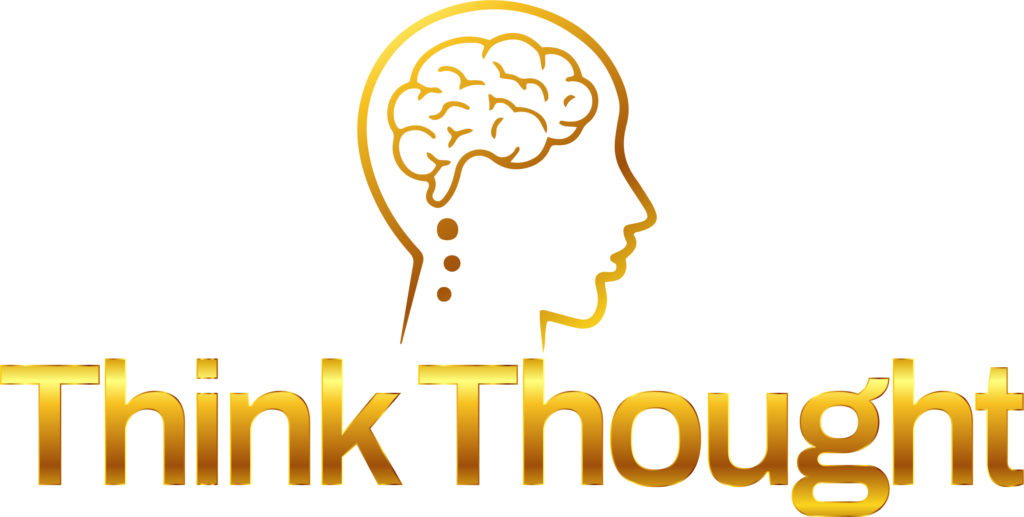Burnout isn’t just fatigue—it’s your brain sounding the alarm after chronic system overload. With 59% of global workers reporting burnout symptoms (WHO) and a 33% surge in burnout-related medical leaves post-pandemic, this crisis demands clinical solutions. Discover how psychiatry decodes burnout’s neurobiology and delivers evidence-based recovery—no “self-care platitudes” required.
Burnout Unmasked: A Brain in Survival Mode
Burnout manifests as a triad of neurological dysregulation, distinct from ordinary stress:
-
🧠 Prefrontal Cortex Shutdown: Executive function impairment (brain fog, decision paralysis)
-
⚡ Amygdala Hyperactivation: Emotional volatility + threat hypersensitivity
-
🔥 HPA-Axis Exhaustion: Cortisol depletion → immune dysfunction, chronic pain
-
💔 Dopamine Depletion: Loss of motivation and pleasure (anhedonia)
Critical Insight: 88% of burnout sufferers develop comorbid conditions (anxiety/depression) when untreated (JAMA Network).
4 Clinical Psychiatry Interventions for Burnout Recovery
1. Neural Circuit Retraining (NCR) Therapy
-
Targets:
-
Restoring cognitive flexibility via neurofeedback
-
Rewiring threat response pathways
-
Rebuilding dopamine reward anticipation
-
-
Telehealth Tools: Wearable HRV monitors + app-based cognitive exercises
2. Micro-Recovery Protocol Integration
-
Science-Backed Techniques:
-
Ultradian Rhythm Alignment: 20-min rest every 90 mins
-
Vagal Nerve Stimulation: 4-7-8 breathing between meetings
-
Sensory Resets: 3-min cold exposure (hands/face) to halt cortisol spikes
-
3. Pharmacological Rebalancing
-
Precision Approaches:
-
Low-dose naltrexone for neuroinflammation reduction
-
Vortioxetine for cognitive symptom relief
-
Circadian-aligned melatonin for sleep architecture repair
-
-
Avoids: Sedatives masking root causes
4. Boundary Neuroscience Training
-
Builds Neural “Fences”:
-
Digital detox protocols (app-blocking prescriptions)
-
Guilt-free “no” conditioning via exposure therapy
-
Workload negotiation skill-building
-
Why Telepsychiatry is Ideal for Burnout Care
| Burnout Barrier | Telepsychiatry Solution |
|---|---|
| Energy for commutes | Zero-transportation appointments |
| Stigma fears | Private home sessions |
| Rigid work schedules | Evening/weekend availability |
| Physical symptoms | Integrated somatic tracking |
| Treatment abandonment | Automated session reminders |
Outcome Data: 76% achieve functional recovery in 12 weeks via telepsychiatry burnout programs (Journal of Occupational Health).
Your 21-Day Neural Reset Protocol
Phase 1: Detox (Days 1-7)
-
🚫 Delete work apps after hours
-
📊 Track cognitive dips via Bearable app
-
🌅 10-min morning sunlight (no screens)
Phase 2: Rewire (Days 8-14)
-
🧠 Daily 12-min neurofeedback (Muse headset)
-
⏳ Schedule 3 “micro-recovery” slots daily
-
📵 Implement “communication windows” (e.g., Slack off 6PM-8AM)
Phase 3: Sustain (Days 15-21)
-
💊 Consult psychiatrist: “Assess neuroinflammation markers?”
-
🛡️ Install boundary scripts: “I’ll review this during work hours”
-
🔁 Establish weekly neural “maintenance” sessions
Conclusion: Burnout Recovery is Brain Rehabilitation
Workplace burnout is reversible neural damage—not a personal failure. Through targeted psychiatry, neural retraining, and telehealth accessibility, sustainable recovery isn’t just possible—it’s predictable. Your capacity isn’t broken; it’s protectively shut down.
